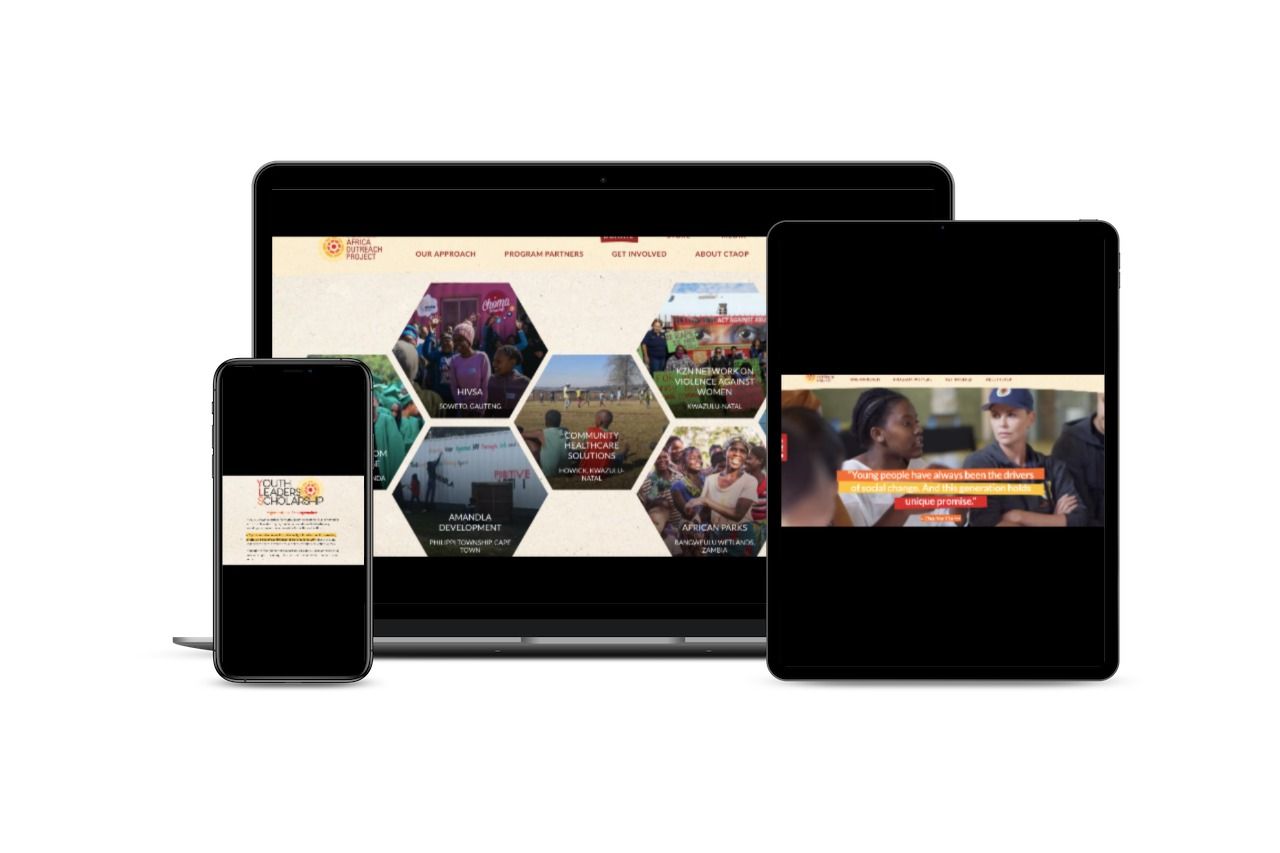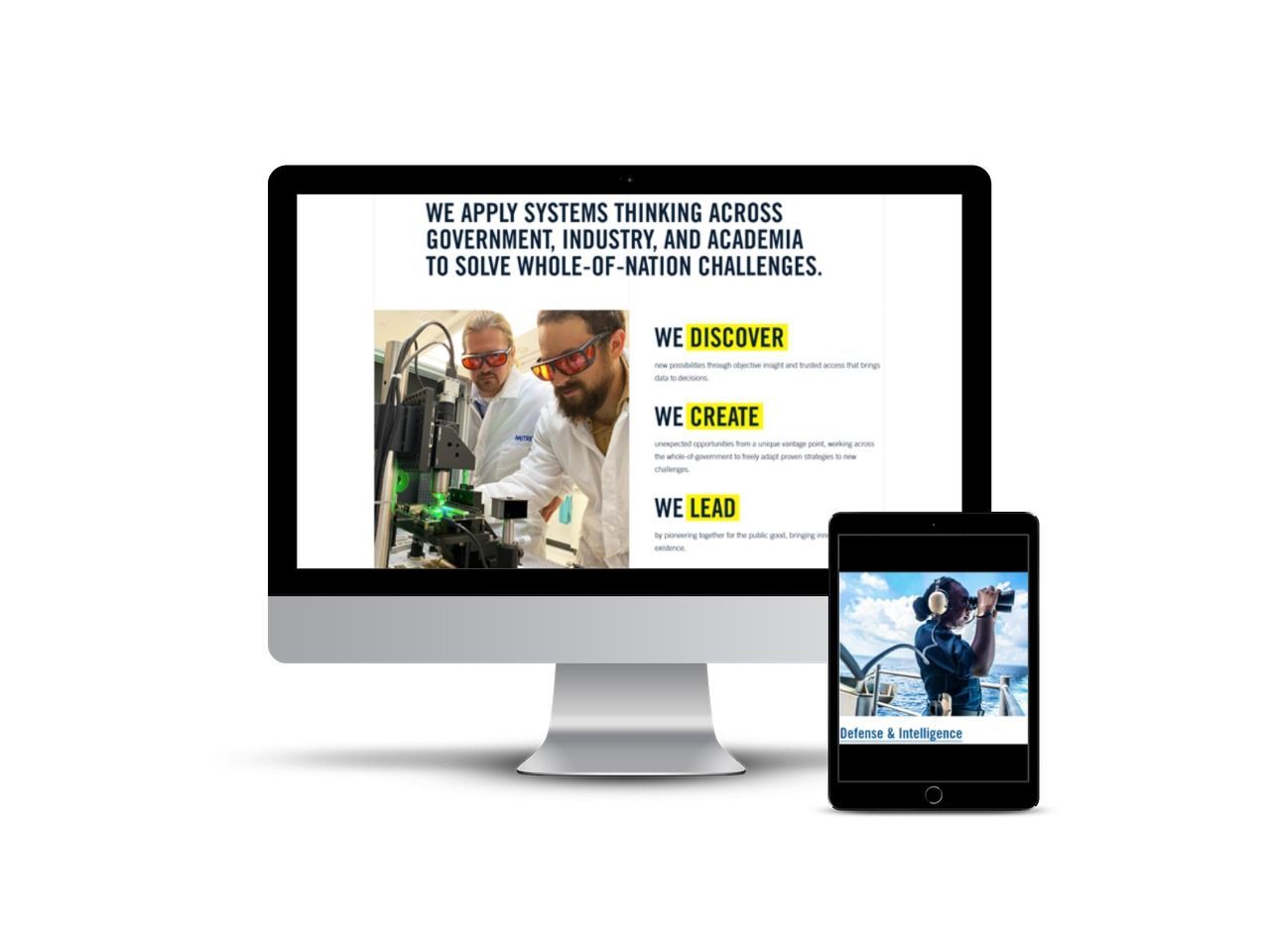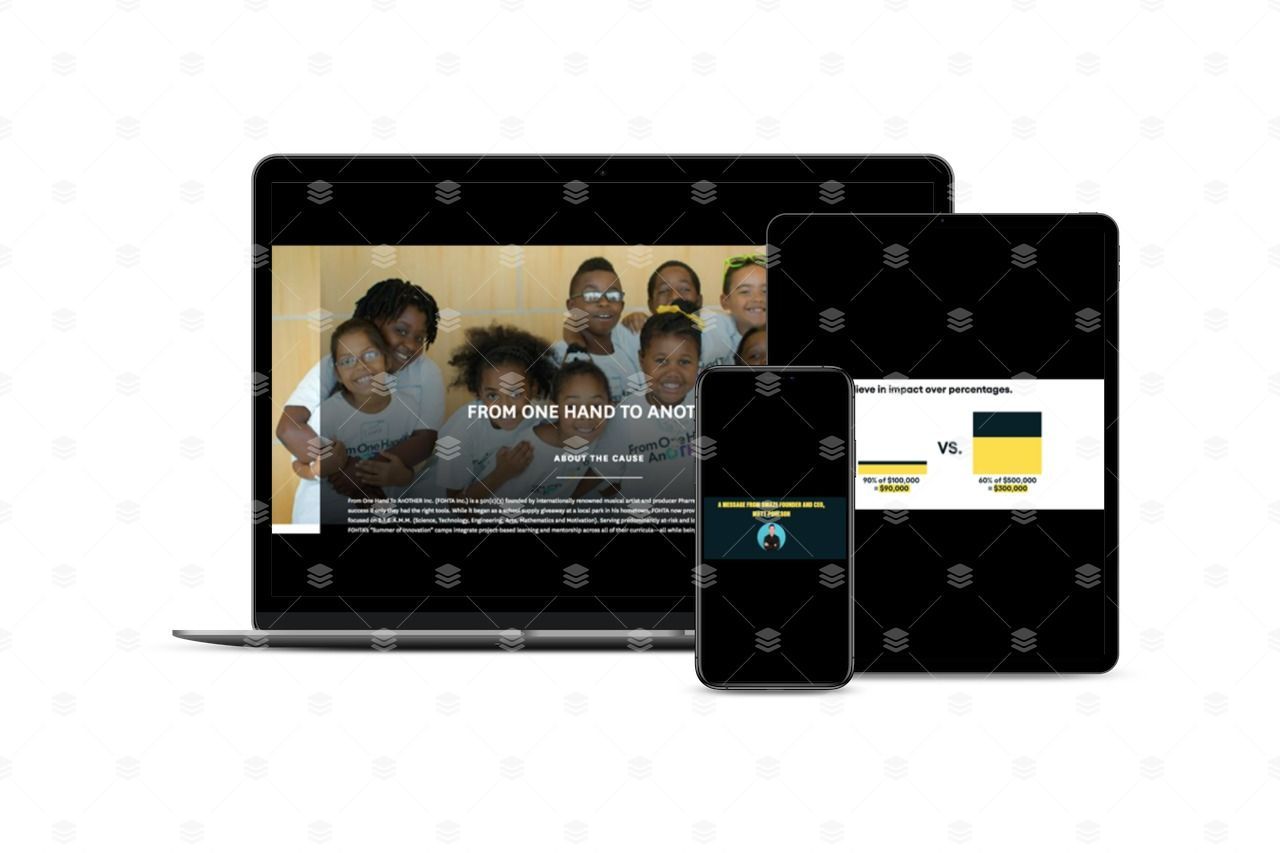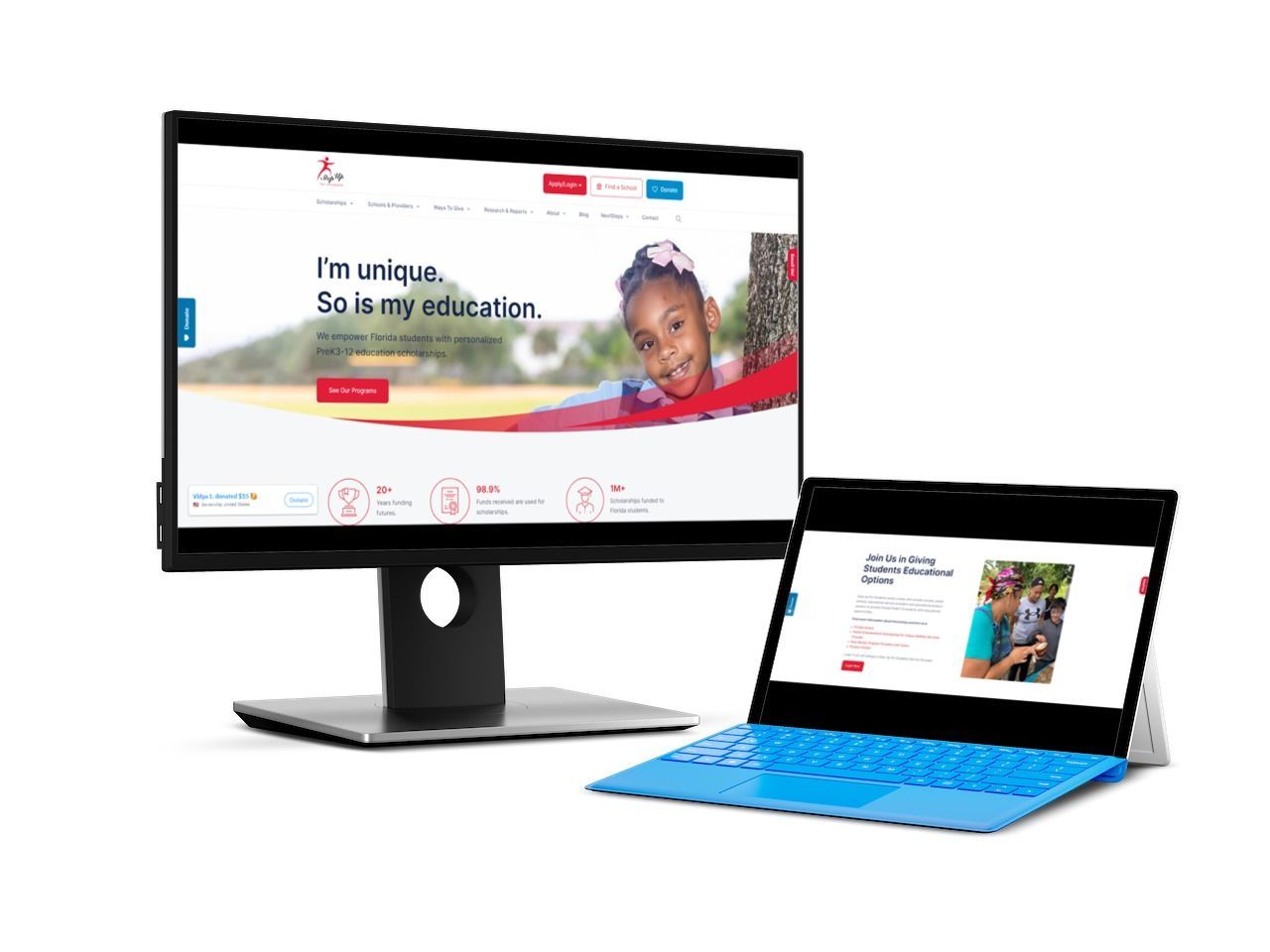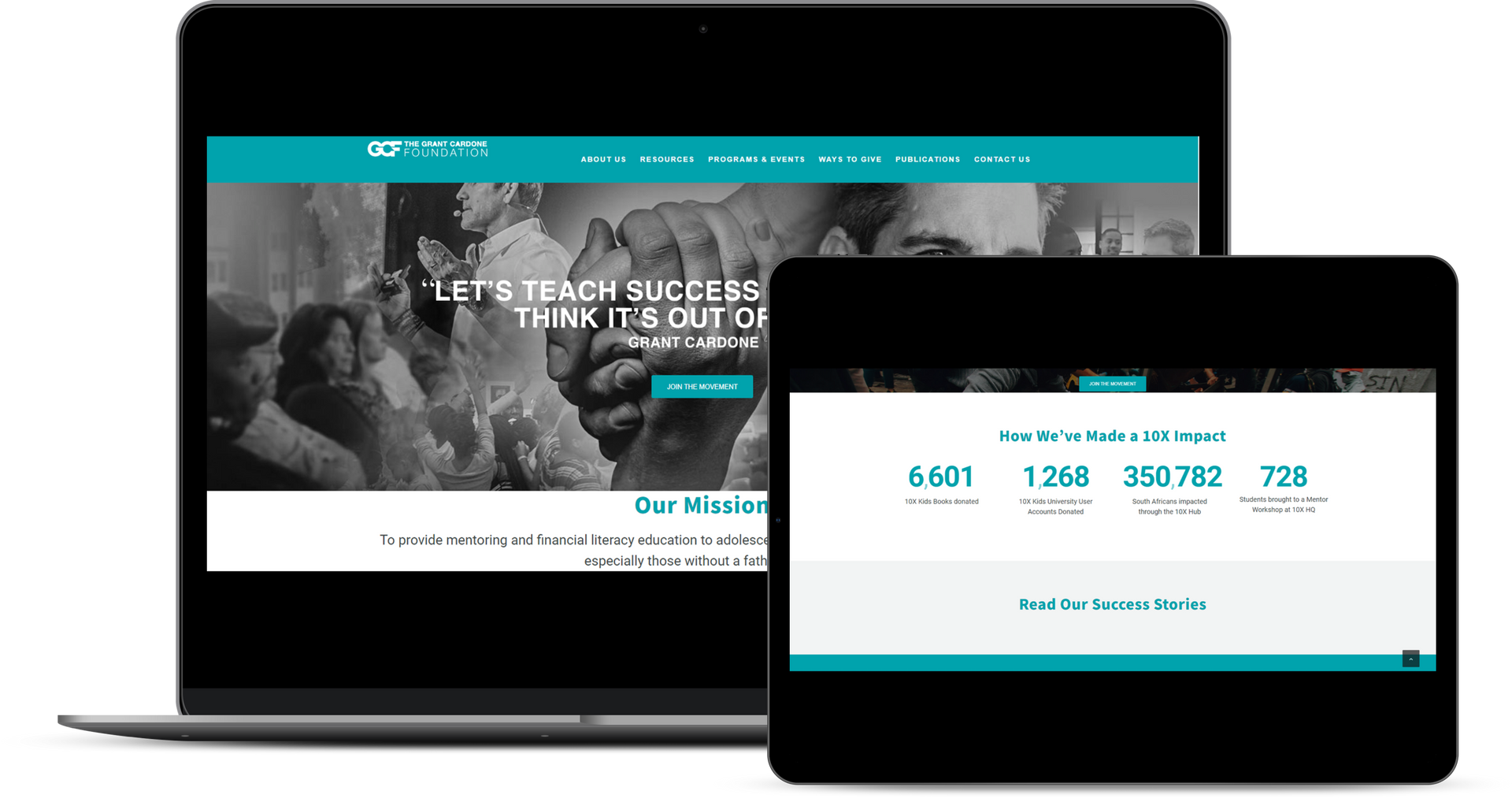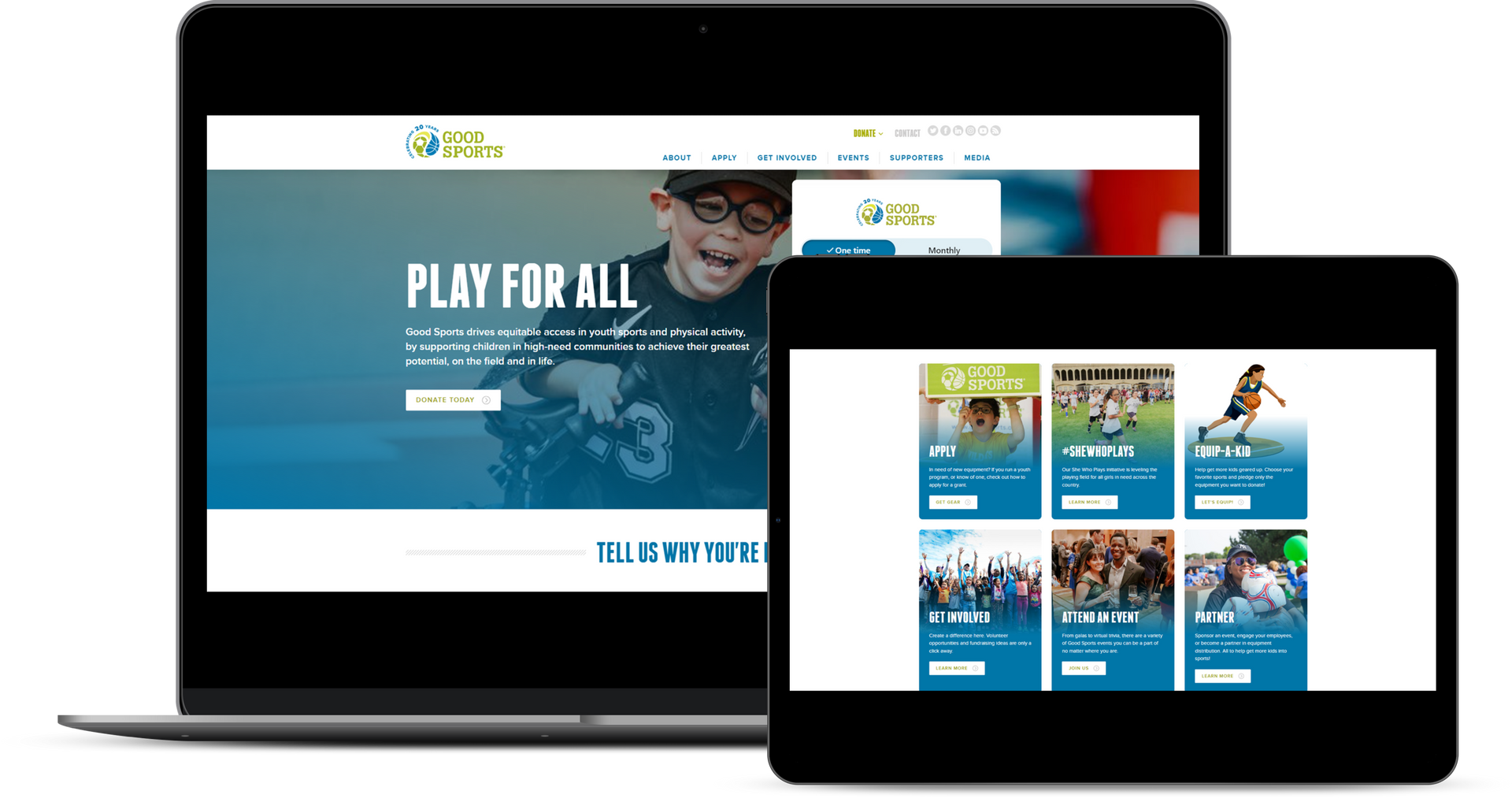How to Start a Faith Based Non Profit Organization
At Nonprofit Course, we understand the unique blend of passion, dedication, and strategic thinking required to successfully initiate and nurture a faith-based nonprofit. With our extensive experience in coaching nonprofit organizations worldwide, we are excited to guide you through the essential steps of turning your vision into a reality.
In this comprehensive guide, we'll walk you through the intricacies of forming a faith-based nonprofit, share insights into harnessing the latest marketing trends for growth, and unveil effective strategies to enhance donations and support. Whether you're a religious leader, a devoted individual, or a congregation eager to make a difference, this blog post will serve as your compass, helping you navigate the rewarding path of establishing and flourishing as a faith-based nonprofit organization.
Step 1. Clarify Your Vision and Mission
Crafting a Compelling Mission Statement: Your mission statement is the compass that steers your nonprofit towards its goals. Craft a concise and compelling statement that communicates your organization's purpose, the community you aim to serve, and the positive change you aspire to bring. Make sure your mission statement resonates with both your faith-based values and the needs of your target beneficiaries.
Step 2. Building a Solid Strategy
Analyzing the Need: Thoroughly research the existing gaps or challenges within the community you wish to support. What pressing issues can your faith-based nonprofit address? By gaining a comprehensive understanding of the needs on the ground, you can design initiatives that address these challenges head-on.
Developing a Strategic Plan: A well-crafted strategic plan outlines the roadmap for your nonprofit's growth and impact. Define your short-term and long-term objectives, strategies, and tactics. Consider how your faith-based principles will inform your approach to fulfilling these goals. Your strategic plan will serve as a guidepost for decision-making and resource allocation.
Step 3. Navigating the Paperwork
In this crucial step, we'll guide you through the essential aspects of paperwork, helping you establish a strong legal structure and fulfill the necessary registrations and licensing.
Choosing the Appropriate Legal Structure for Your Faith-Based Nonprofit
Selecting the right legal structure is fundamental to the success and sustainability of your faith-based nonprofit organization. One of the most common and sought-after legal statuses is the 501(c)(3) tax-exempt status. This tax-exempt status not only provides your organization with credibility and trustworthiness but also offers various benefits, such as federal tax exemption and the eligibility to receive tax-deductible donations.To obtain a 501(c)(3) tax-exempt status under the internal revenue code, you'll need to navigate through a comprehensive tax exemption application process with the Internal Revenue Service (IRS). This process for obtaining tax exemption nonprofit status involves detailed documentation, including your organization's purpose, activities, finances, and governance structure. It's advisable to seek legal counsel or professional assistance for nonprofit religious organizations to ensure accuracy and adherence to IRS guidelines.
However, it's important to note that while 501(c)(3) status is widely recognized, there are other legal structures, such as religious corporations or unincorporated associations, that might better align with your faith-based nonprofit's specific goals and operational needs.
Consulting with legal experts who understand both nonprofit and religious organizations can help you make an informed decision.
Establishing Your Organization Legally
Once you've determined the appropriate legal structure, the next crucial step is to complete the necessary forms and applications for registration and licensing.This process varies based on your location and legal structure, but generally involves the following:
- Articles of Incorporation: If you opt for a corporate structure, you'll need to file articles of incorporation with your state's business regulatory agency. These documents outline your organization's name, purpose, board structure, and other essential details.
- Employer Identification Number (EIN): An employer identification number (EIN), also known as a federal tax identification number, is required for tax purposes. It's used to identify your organization and is necessary when opening a bank account, hiring employees, and filing taxes.
- State and Local Permits: Depending on your location and the nature of your nonprofit's activities, you may need to obtain specific permits or licenses from state and local authorities. This could include zoning permits, fundraising licenses, or special event permits.
- Charitable Solicitation Registration: If your organization plans to solicit donations from the public, you might need to register with your state's charity regulatory agency. This ensures transparency and accountability in fundraising efforts.
- Governing Documents: Prepare bylaws that outline your organization's internal operations, decision-making processes, and board responsibilities. These documents are essential for maintaining clear governance.
Navigating through the paperwork can be intricate, but it's a crucial phase in establishing your faith-based nonprofit's legal foundation. Keep in mind that each state and jurisdiction has its own requirements, so thorough research and attention to detail are essential.
Additionally, seeking guidance from professionals experienced in nonprofit law and administration can streamline the process and set your organization on a path to success.
Step 4. Assembling a Passionate Group
Board of Directors: A diverse and dedicated board of directors provides valuable guidance, expertise, and oversight. Seek board members who bring varied skills and perspectives, aligning with your nonprofit's mission. A strong board can help steer your organization towards success and ensure responsible governance.
Step 5. Securing Financial Support
Developing a Fundraising Plan
Creating a comprehensive fundraising plan is a foundational step in securing the financial resources necessary to fulfill your nonprofit's mission.A well-crafted fundraising plan not only helps you set clear objectives but also guides your efforts to reach your funding goals effectively. Here's how to go about it:
- Set Clear Financial Goals: Begin by establishing specific, measurable, achievable, relevant, and time-bound (SMART) financial goals. Determine how much funding your faith-based nonprofit needs to operate successfully and expand its reach.
- Diversify Funding Sources: Relying on a single source of funding can be risky. Explore various avenues for fundraising, such as individual donations, grants, corporate sponsorships, events, and online campaigns. Diversifying your funding sources reduces vulnerability to sudden changes in financial support.
- Segment Your Donor Base: Tailor your fundraising efforts by segmenting your donor base. Identify different categories of potential donors, such as individual supporters, local businesses, and foundations. Craft personalized appeals and engagement strategies for each segment.
- Craft Compelling Messages: Develop clear and compelling messages that communicate your nonprofit's mission, impact, and the importance of financial support. Your messaging should resonate with both faith-based and non-faith-based donors, highlighting the universal values your organization upholds.
- Utilize Online Platforms: Leverage the power of digital platforms to expand your reach and connect with a wider audience. Create a user-friendly website or fundraising platform, establish a strong social media presence, and consider using crowdfunding platforms to engage potential donors online.
- Engage Volunteers: Engage volunteers who are passionate about your mission. Their dedication can extend beyond monetary contributions, as they can actively participate in fundraising events, share your cause within their networks, and contribute their skills to support your organization's growth.
Leveraging Faith Networks
Religious communities and faith-based networks can be invaluable allies in your nonprofit's journey. These communities often share a strong commitment to charitable activities and social causes.Here's how you can effectively leverage faith networks:
- Cultivate Relationships: Build genuine and meaningful relationships with local religious leaders, congregations, and faith-based organizations. Attend community events, workshops, and gatherings of charitable organizations to connect with individuals who align with your nonprofit's values.
- Highlight Shared Values: Emphasize the alignment of your nonprofit's mission with the values and principles upheld by faith communities. Showcase how your initiatives contribute to the betterment of society and the fulfillment of spiritual or ethical ideals.
- Collaborate on Projects: Explore opportunities for collaboration with faith-based groups on specific projects or initiatives. By working together, you can combine resources, expertise, and networks to create a more significant impact in your community.
- Incorporate Faith-Centric Messaging: Tailor your communication strategies to resonate with faith-based audiences. Incorporate references to relevant scriptures, teachings, or ethical principles that underline the importance of charitable work and community service.
- Offer Recognition and Involvement: Recognize the contributions of faith-based supporters and involve them in your nonprofit's religious activities. Highlight their involvement through newsletters, social media shout-outs, and special events to foster a sense of belonging and ownership.
By diligently crafting a comprehensive fundraising plan and tapping into the support of faith networks, you can set your faith-based nonprofit organization on a path to financial sustainability and impactful growth.
These strategies will not only help you secure the funds needed but also foster a community of passionate supporters who share your vision for positive change.
Step 6. Spreading the Word
Digital Presence: In today's digital age, a strong online presence is essential for reaching a wider audience. Create a user-friendly website that showcases your mission, programs, and success stories. Utilize social media platforms to share engaging content, interact with your audience, and amplify your message.
Step 7. Providing Meaningful Offerings
Collaboration and Partnerships: Collaborating with other nonprofit organizations or churches with distinct religious history can amplify your efforts and extend your reach. Pool resources, expertise, and networks to create a collective impact that goes beyond what any single entity can achieve. Look for religious nonprofits who share your values and complement your mission.
Step 8. Long-Term Growth and Success
Diversifying Income Streams: Relying on a single source of funding can be risky. Explore various revenue streams such as grants, individual donations, corporate partnerships, and earned income opportunities. Diversification will help ensure your organization's financial stability and resilience.
Step 9. Fostering Support and Involvement
Volunteer Engagement: Nurture a strong sense of community among your volunteers. Regularly communicate with them, recognize their contributions, and provide opportunities for skill development and personal growth within your organization. Engaged volunteers are more likely to stay committed to your cause.
Step 10. Cultivating Meaningful Change
Sharing Success Stories: Highlight and share the stories of individuals whose lives have been transformed by your religious organization. Personal narratives create a powerful connection between your mission and the real-world impact you're making. These stories serve as inspirational reminders of the meaningful change you are working to cultivate.
Starting a faith-based nonprofit organization is a journey that requires dedication, strategic planning, and a genuine commitment to your mission. By following these steps, you can lay a strong foundation and create a lasting and impactful organization that aligns with your faith and positively influences the lives of those you serve. Read about the nonprofits we've helped on our case studies page here .
Starting Your Faith-Fueled Nonprofit Journey: From Vision to Impact
But remember, the path to nonprofit success is not one you have to walk alone. As you set out on this incredible journey, consider leveraging the expertise and guidance offered by our Nonprofit Launchpad Course . Our 501(c) nonprofit has been in the trenches, working alongside numerous organizations worldwide, and we're passionate about sharing our experience with you.
Featured Nonprofits
donate today
Invest Directly to this Nonprofit
Thank you for taking the first step towards transformative giving. Your decision to donate to PayLenté's How to Start a Faith Based Non Profit Organization. We appreciate your generosity and look forward to sharing more about how your contribution will drive growth, support nonprofits, and provide you with meaningful tax benefits. Your impact starts now, and we'll be in touch shortly to provide you with the information you need to embark on this remarkable journey.














